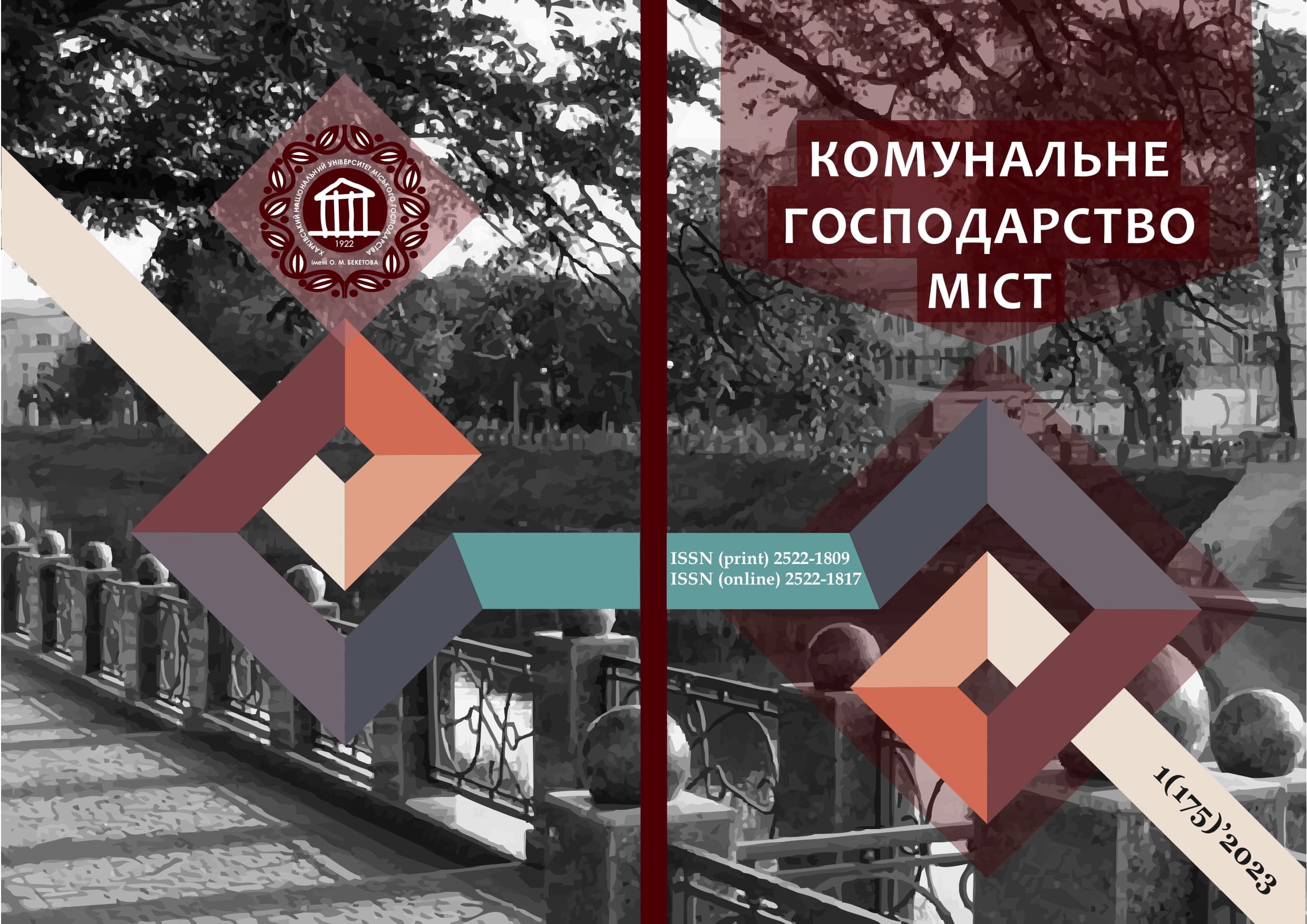ANALYSIS OF THE DETERMINING METHODS OF THE THERMAL FIRE DETECTORS TIME PARAMETERS
DOI:
https://doi.org/10.33042/2522-1809-2023-1-175-136-144Keywords:
fire equipment, detectors, improving the efficiency of the fire detectors operation, time parameters of thermal fire detectorsAbstract
The article is devoted to substantiating the pulse method of time parameters determining - the thermal fire detectors' operation time and constant time with a thermal resist sensitive element.
Significant research is that the time parameters of thermal fire detectors include the operation time and constant time that are interconnected. It is shown that the contribution of constant time to the operation time can be up to 20% at a speed of change in ambient temperature 0.50C per C-1. It is also found that their testing is used to determine the time parameters of thermal fire detectors, which are divided into stationary or autonomous and operational or object. The article specifies that the disadvantage of inpatient tests with the help of heat chambers is the asymmetry of the airflow distribution and temperature, and the lack of such tests employing standard combustion cells is that the thermal impact parameters on the fire detector sensitive element are not normalized.
The research results have found that the amount of the fire detectors' constant time is not determined, and only control of the fire detectors' operation time is carried out according to the admission criteria. During the object tests, in most cases, the thermal impact on a fire detector's sensitive element with the help of small heat chambers is realized, the purpose of such tests is to check the fire detectors' performance without obtaining estimates of their operation time and constant time. It is worth noting that the thermal impact on the fire detector's sensitive element can be carried out with the help of both external and internal sources of heat. The second option is characteristic of fire detectors with a thermal resist sensitive element and is based on the use of the Joule-Lenz effect (heating of a conductor or semiconductor is directly proportional to its resistance, the duration of the current and the square of the current). In this case, new opportunities are opened to improve the efficiency of the fire detectors operation of this type.
References
Aliamovsky, A.F., Sobachkin, A.A., Odintsov E.V., Kharitonovich A.I., Ponomarev N.B. (2008) Solid Works 2007/2008. Computer modeling in engineering practice. St. Petersburg, 1040 p.
Lanets, O., Kachur, O., Borovets, V., Dmyterko, P., Derevenko, I., Zvarich, A. (2020) Establishment of the original frequency of the inter-resonance research machine continual section using Rayleigh–Ritz method. Industrial Process Automation in Engineering and Instrumentation, pp.5-15.
Maistruk Р., Lanets О., Stupnytskyi V. (2021) Approximate Calculation of the Natural Oscillation Frequency of the Vibrating Table in Inter-Resonance Operation Mode, Strojnícky časopis - Journal of Mechanical Engineering, vol. 71 (2), pp. 151-166.
A guide to the Project Management Body of Knowledge. (2017) PMBOK guide SIXTH EDITION – USA: Project Management Institute.
Aseeva A.V., Kulakovska I.V. (2019) Analysis of the technology selection problems for software development. Computer-integrated technologies: education, science, production. Lutsk, No.37., pp.10-18.
Semenov S.G., Kassem Khalife, Zakharchenko M.M. (2017) Improved method of scaling flexible software development methodology. Bulletin of NTU "KhPI". Kharkiv, Vol. 1, no.1, pp.79-84.
Shaposhnikova O.P., Kirvas V.V (2020) Application of Agile methodology in the practice of project training in the training of IT specialists. Information processing systems. Kharkiv, no.4 (163), pp. 94-100.
Kozyr I.S. (2021) Factors of implementation of Agile management in management practice. International Scientific and Practical Conference "«Problemas y perspectivas de la aplicación de la investigacióncientíficainnovadora»". Cambridge. Vol. 1. pp. 78-79.
Stupnytskyi V. (2013) Features of Functionally - Oriented Engineering Technologies in Concurrent Environment. International Journal of Engineering Research & Technology (IJERT), 2 (9), pp. 1181-1186.
Davim J.P. (2010) Surface Integrity in Machining, Springer Science & Business Media, London, p. 70.
Aivazov V.V. (1973) Workshop on chemistry of surface phenomena and adsorption. High school, 206 p.
Abramzon A.A. (1981) Surface active substances. Chemistry, 304 p.
Zapolskyi A.K. Mishkova-Klymenko N.A., Astrelin I.M. (2000) Physico-chemical basis of wastewater treatment technology. Libra, 552 p.
Boldin A.A. (2004) Chemical pollution of natural waters. The world of chemistry: collection of science works, no. 9, pp.123-128.
Eyde T.H. (2010) Zeolites, Minerals Eng. pp. 62–86.
Stetsenko I.V. (2009) System of imitation modeling by means of Petri nets. Mathematical machines and systems, vol. 1.
Maintenance of fire alarm systems. (2003) Fire Safety Eng. 10. № 5. P. 3–5.
Abramov Yu.A. (2011) Increasing the efficiency of fire detection by temperature. Kharkiv: NUCDU, 129 p.
Kalchenko Ya.Yu. (2015) Identification of the dynamic parameter of fire detectors with a thermoresistive sensitive element. Problems of fire safety. Kharkiv: NUCDU,. issue 37, pp. 71–74.
Downloads
Published
How to Cite
Issue
Section
License
The authors who publish in this collection agree with the following terms:
• The authors reserve the right to authorship of their work and give the magazine the right to first publish this work under the terms of license CC BY-NC-ND 4.0 (with the Designation of Authorship - Non-Commercial - Without Derivatives 4.0 International), which allows others to freely distribute the published work with a mandatory reference to the authors of the original work and the first publication of the work in this magazine.
• Authors have the right to make independent extra-exclusive work agreements in the form in which they were published by this magazine (for example, posting work in an electronic repository of an institution or publishing as part of a monograph), provided that the link to the first publication of the work in this journal is maintained. .
• Journal policy allows and encourages the publication of manuscripts on the Internet (for example, in institutions' repositories or on personal websites), both before the publication of this manuscript and during its editorial work, as it contributes to the emergence of productive scientific discussion and positively affects the efficiency and dynamics of the citation of the published work (see The Effect of Open Access).

